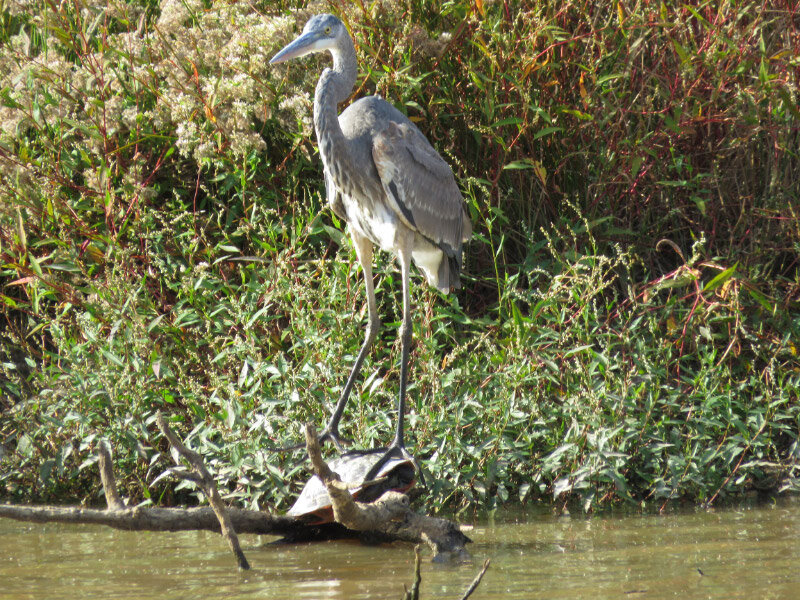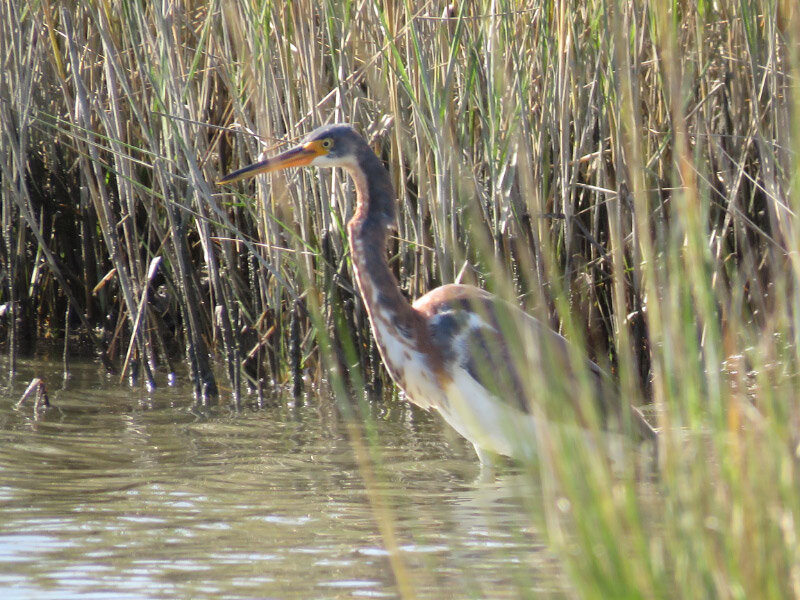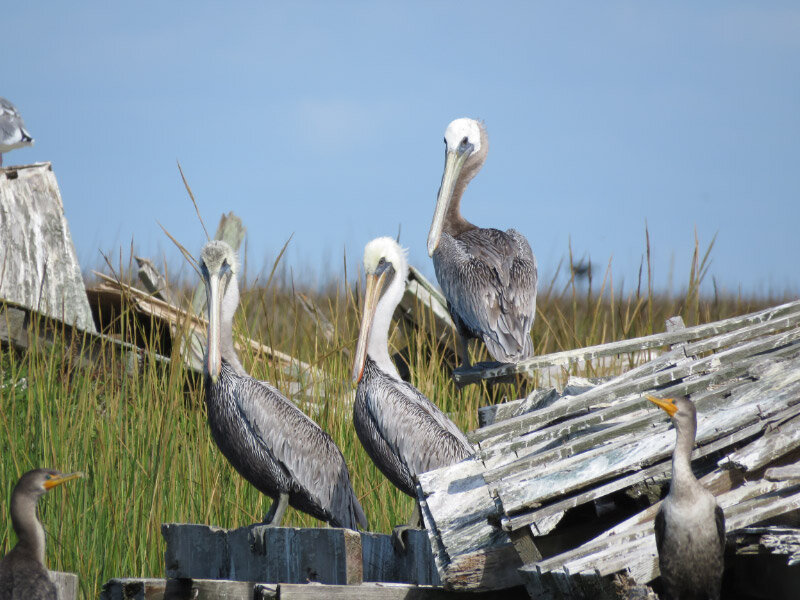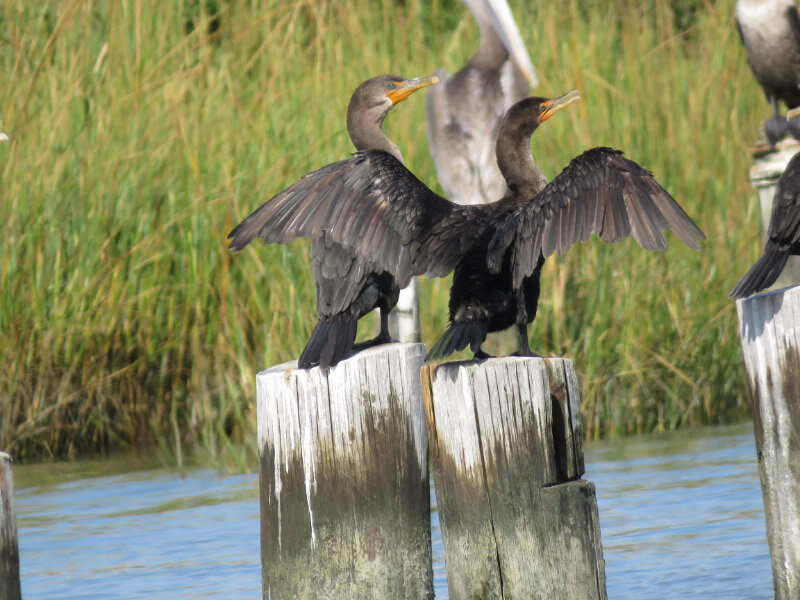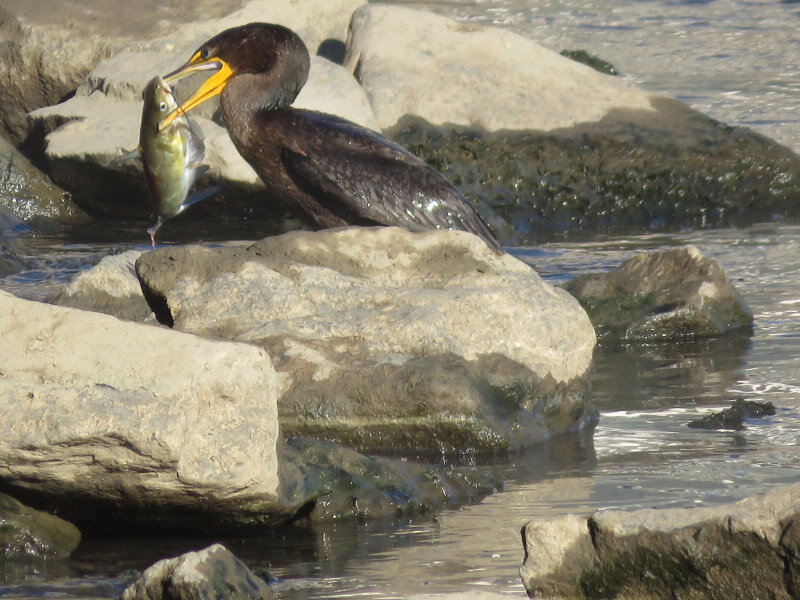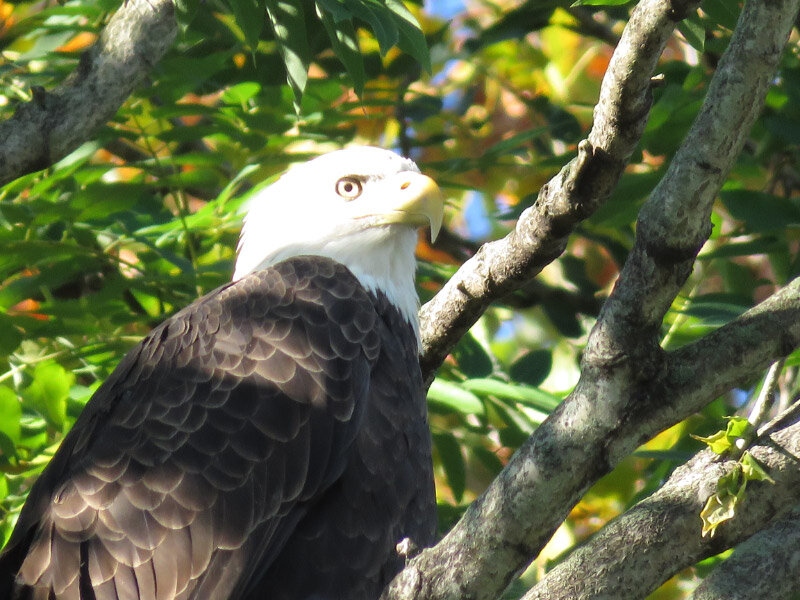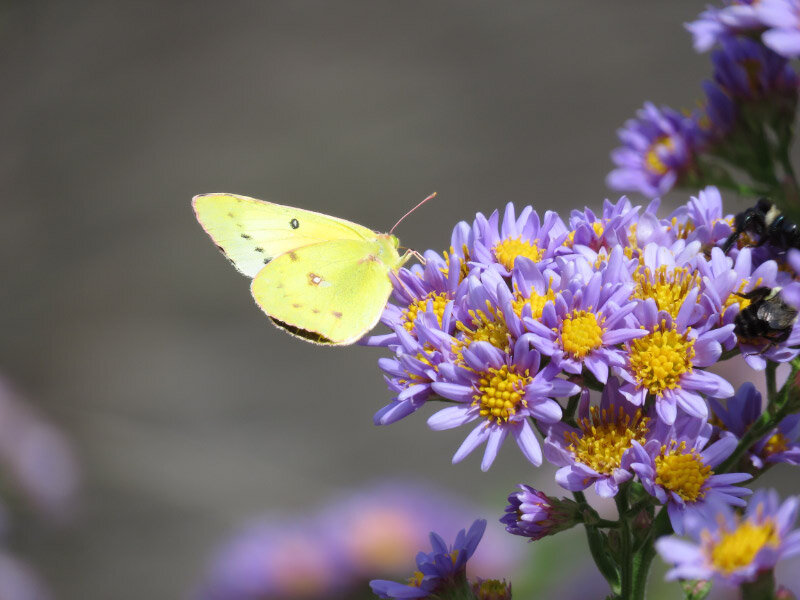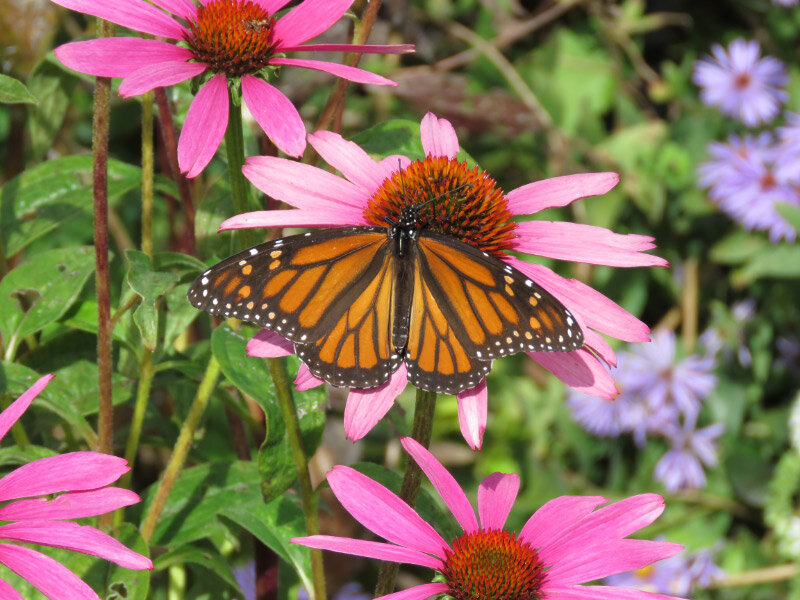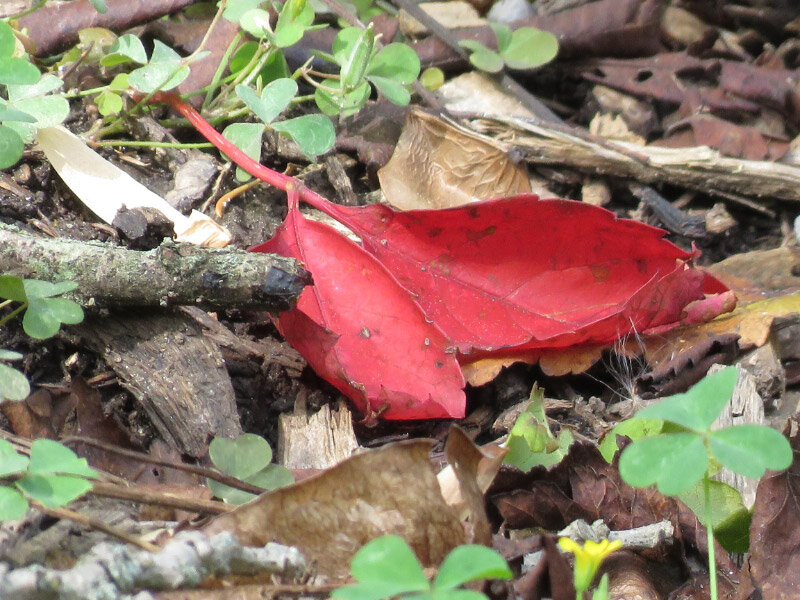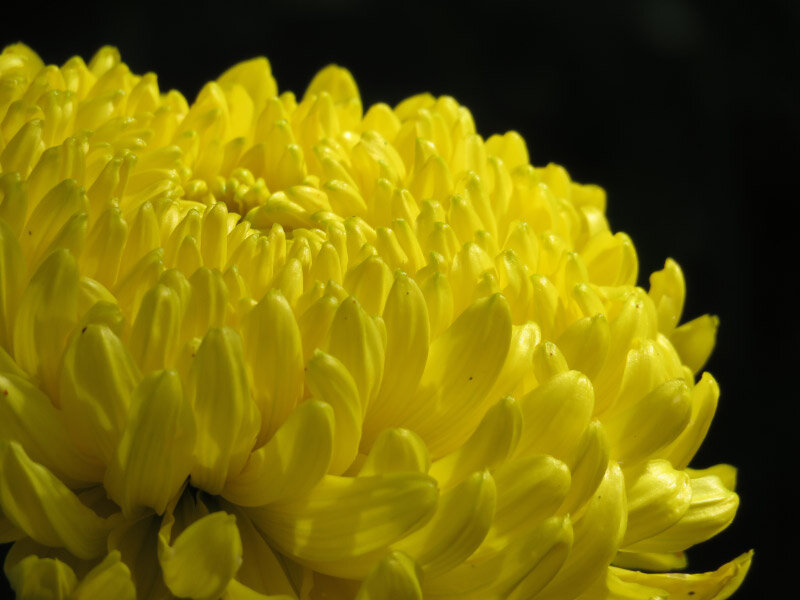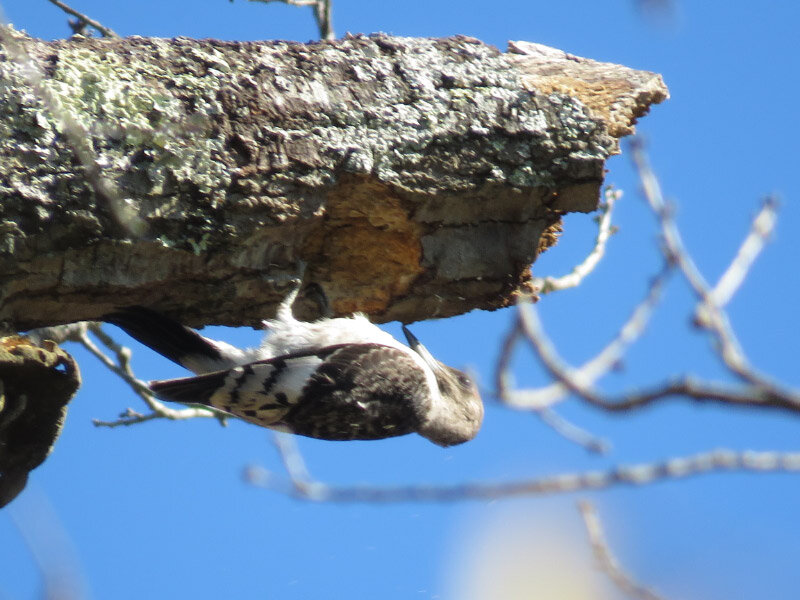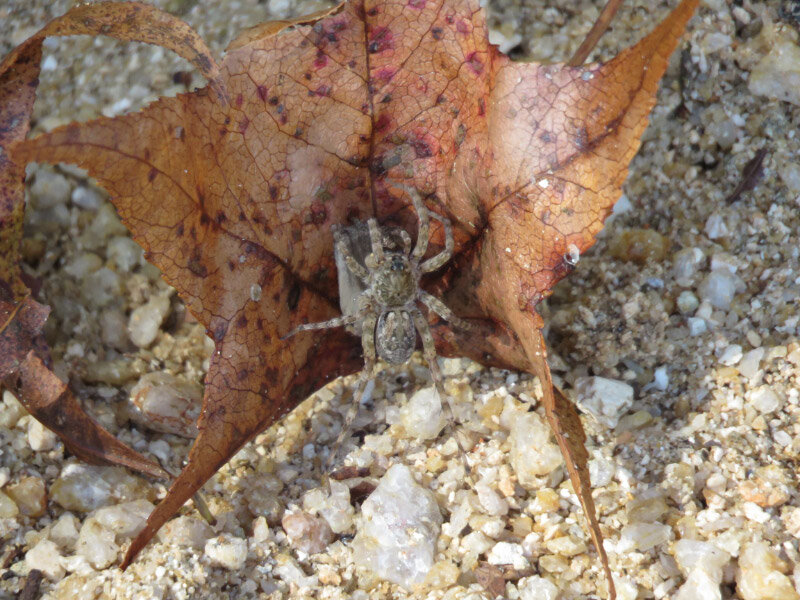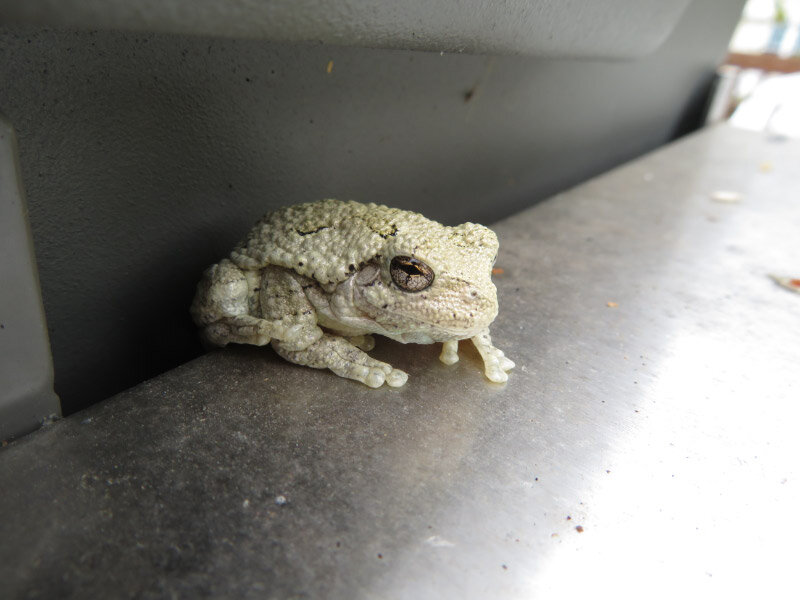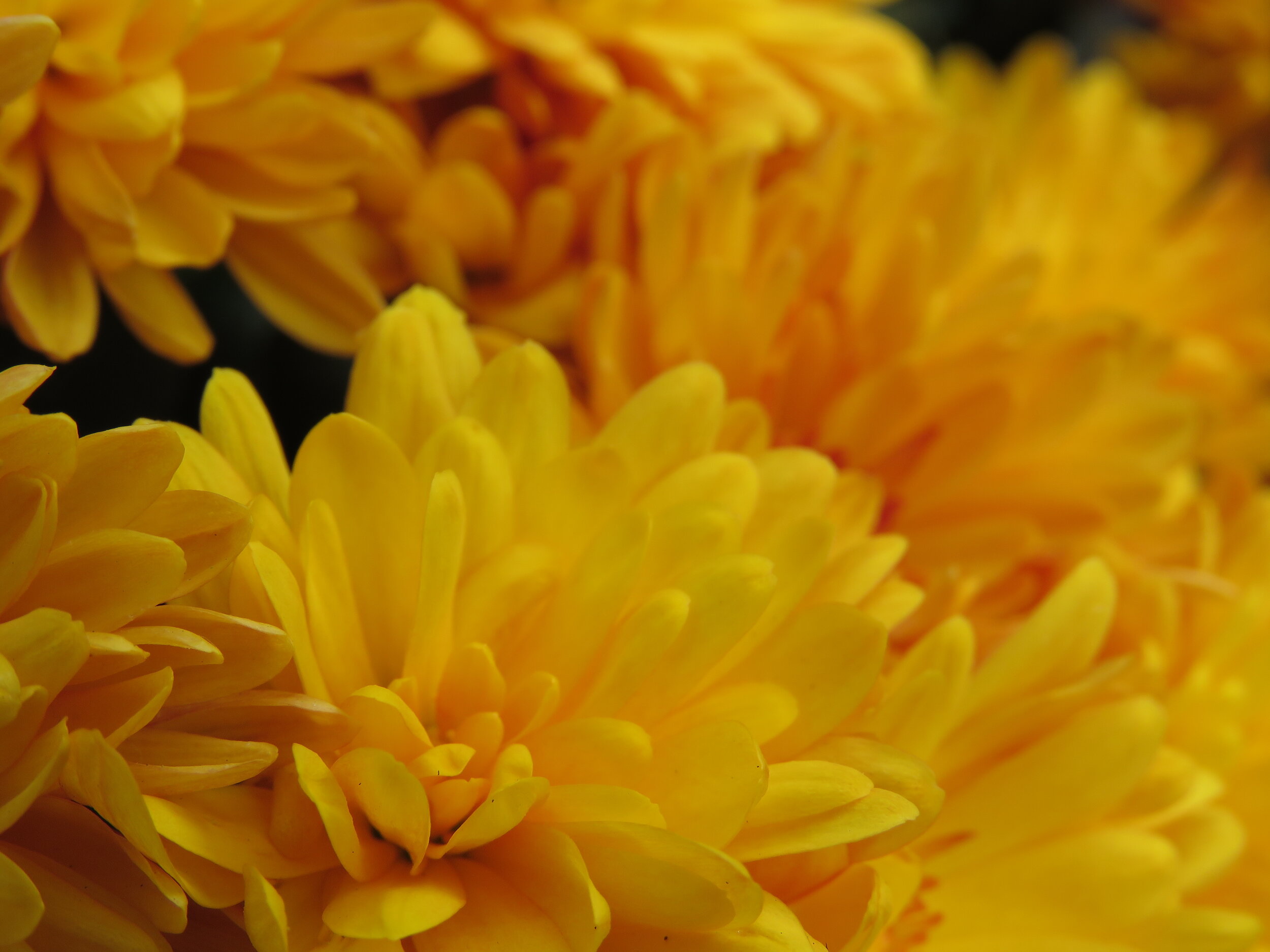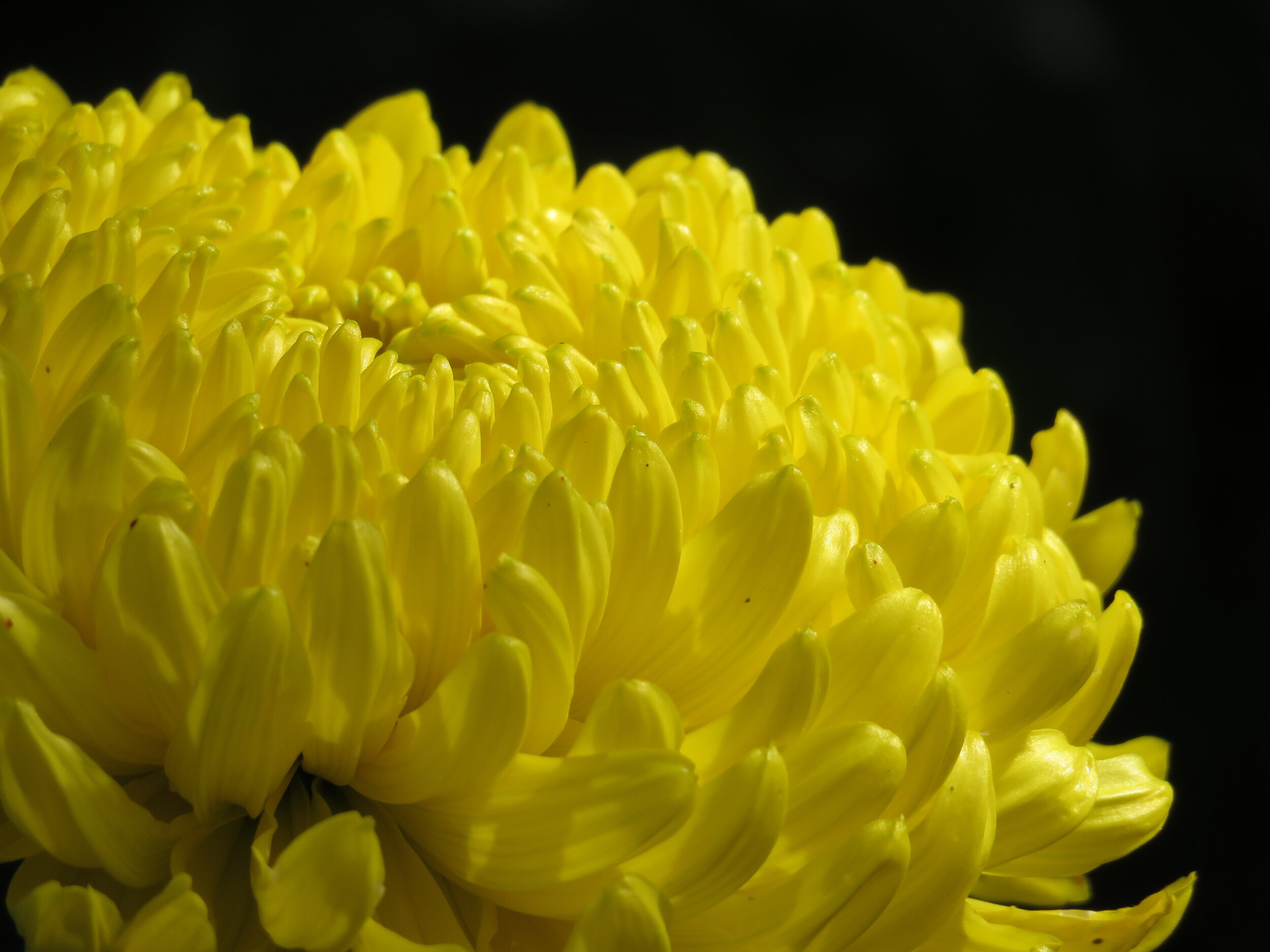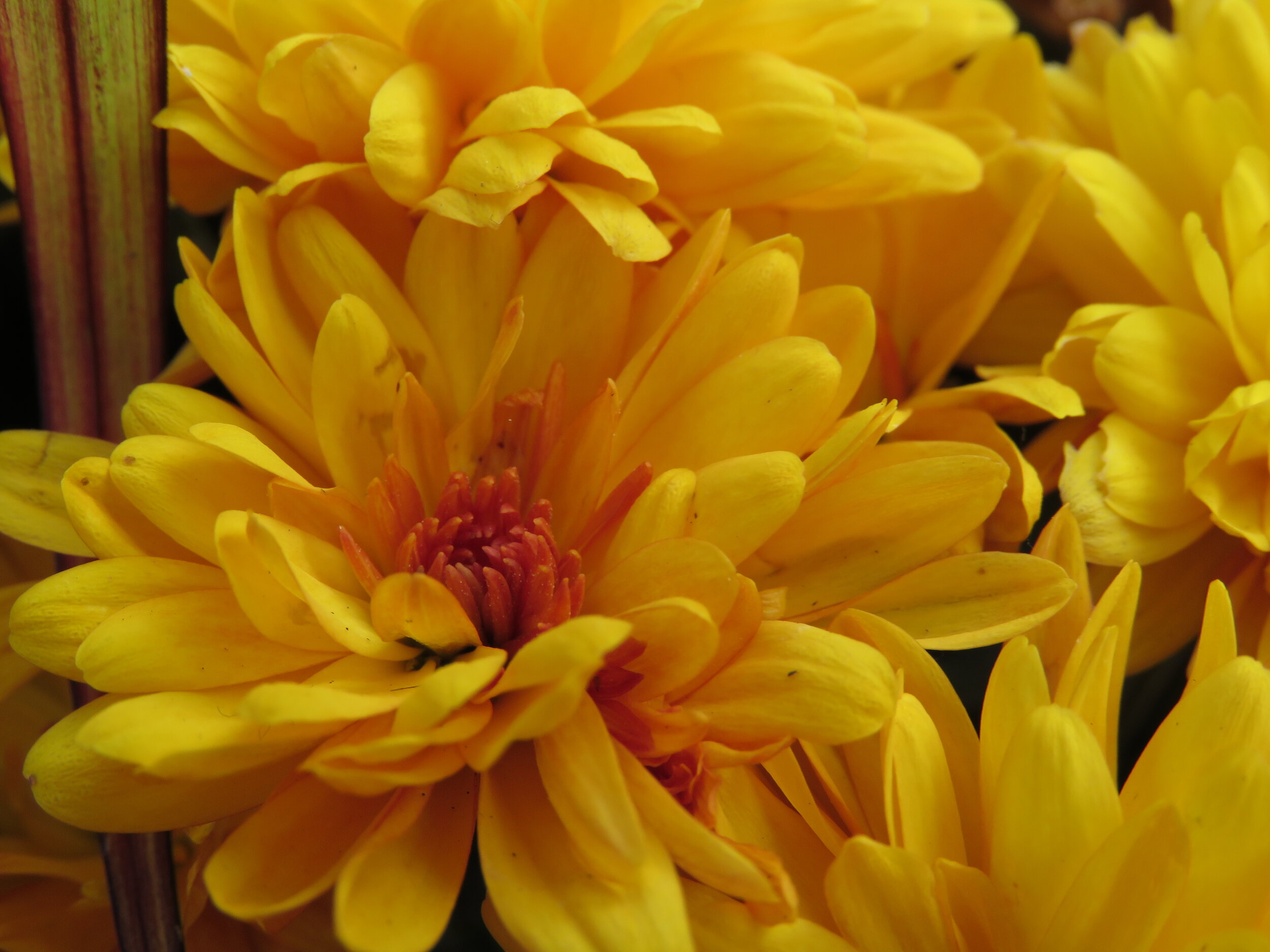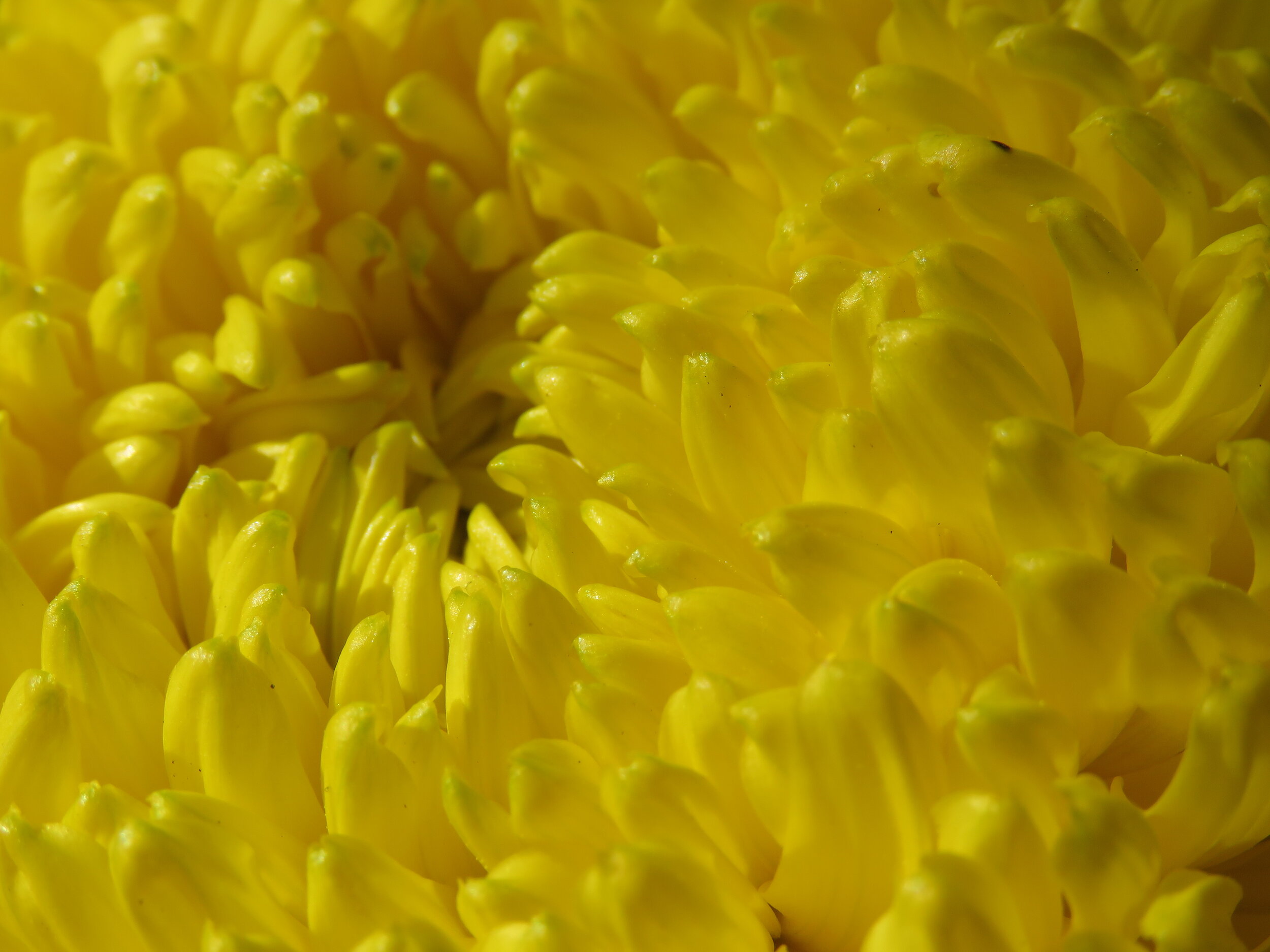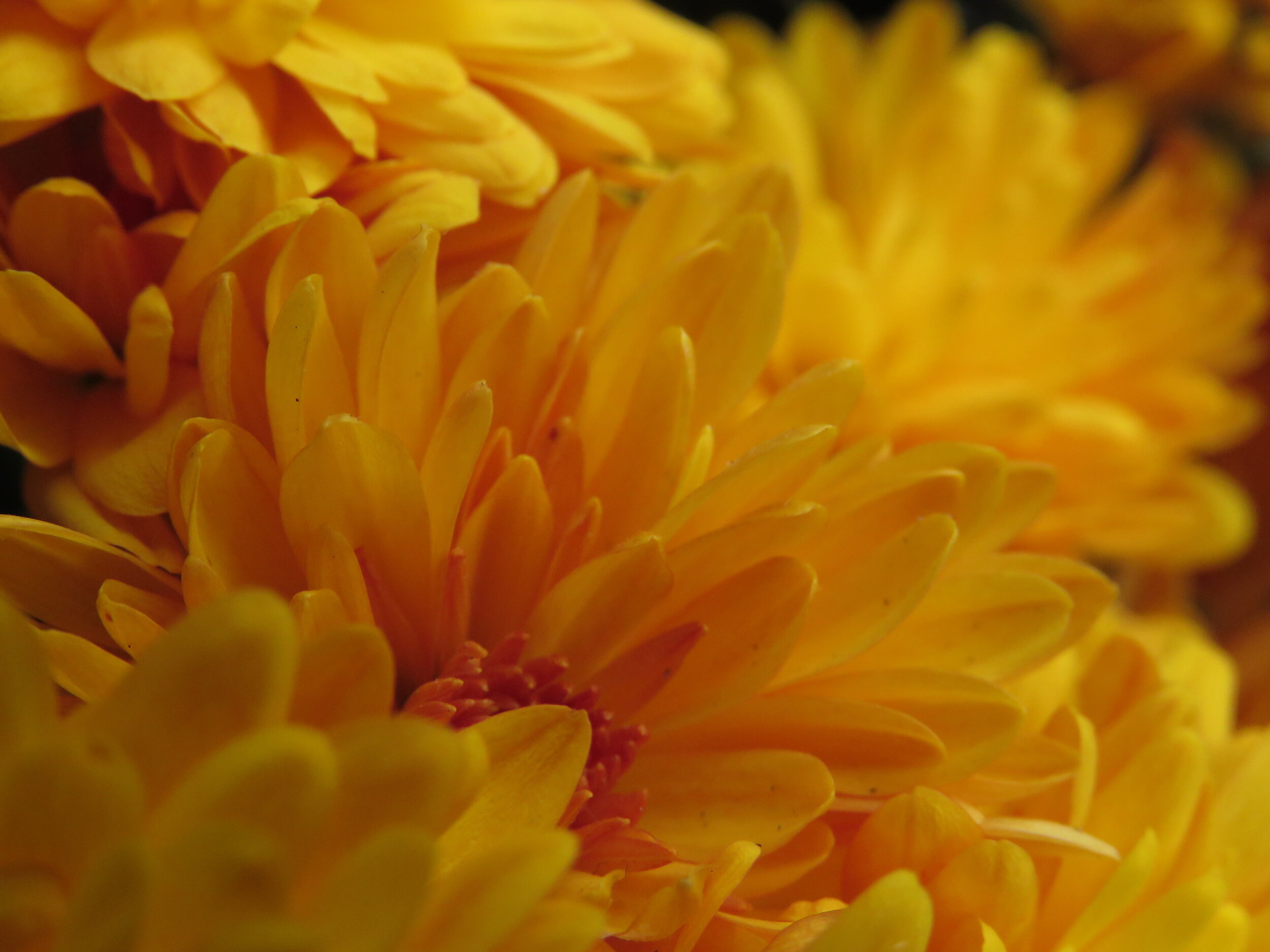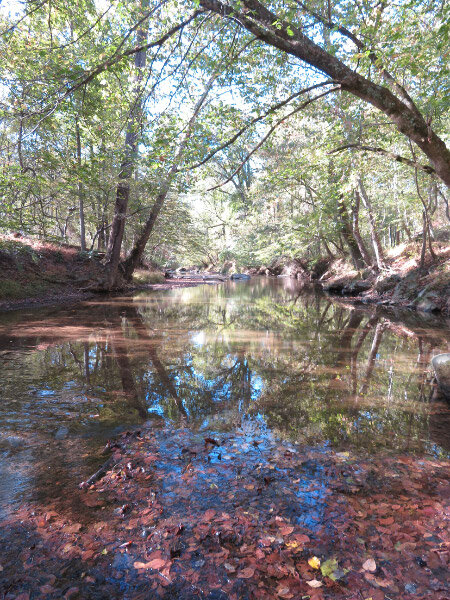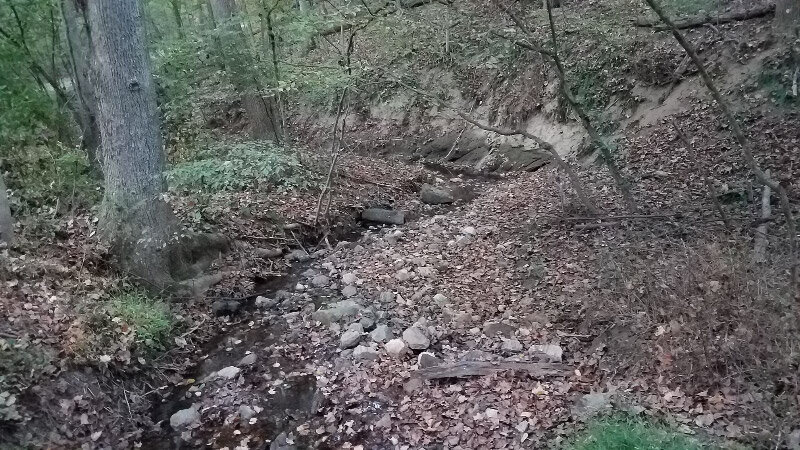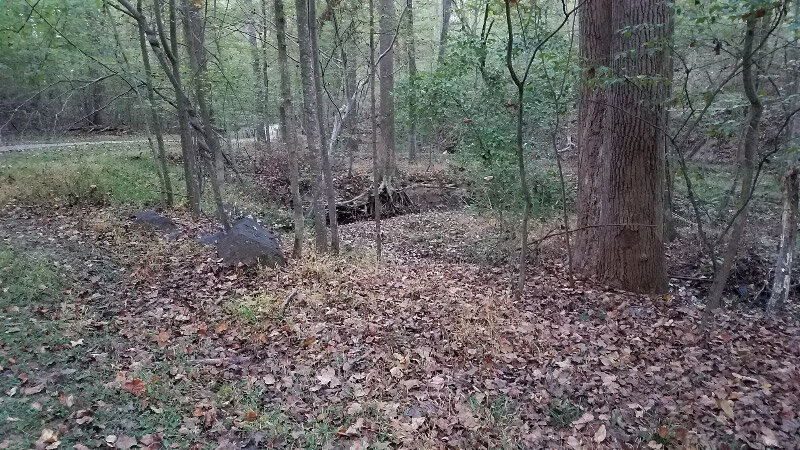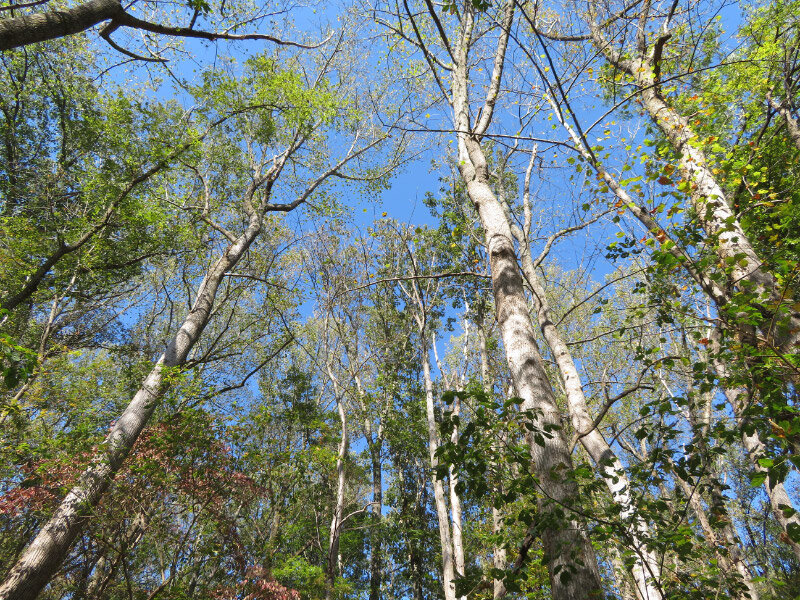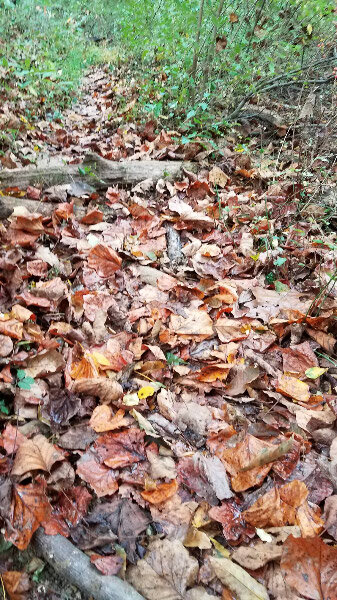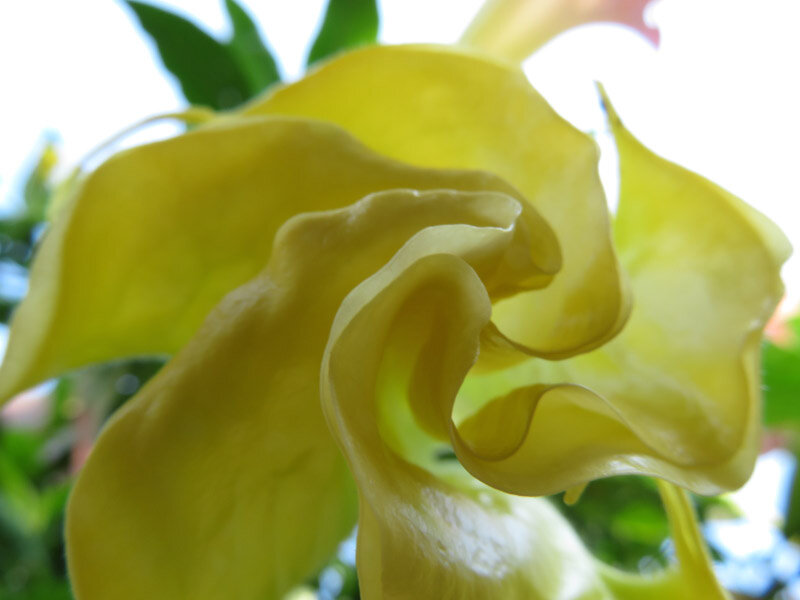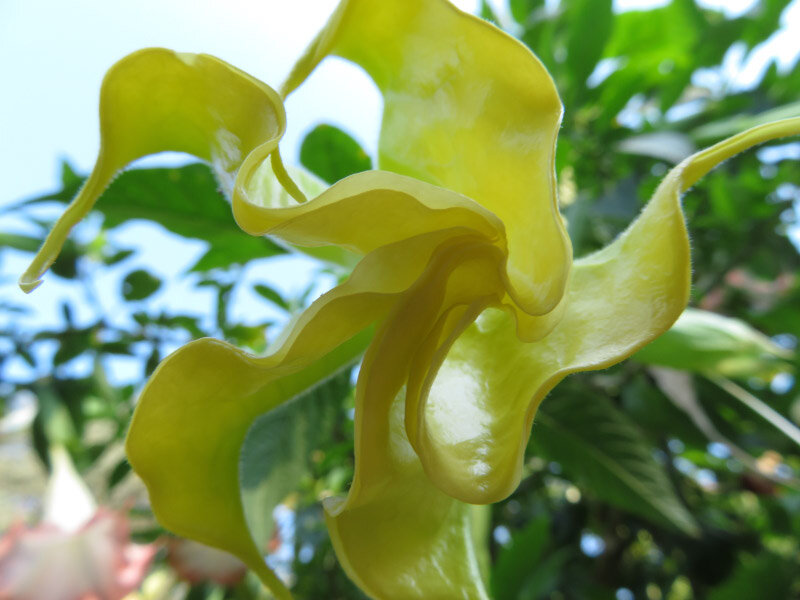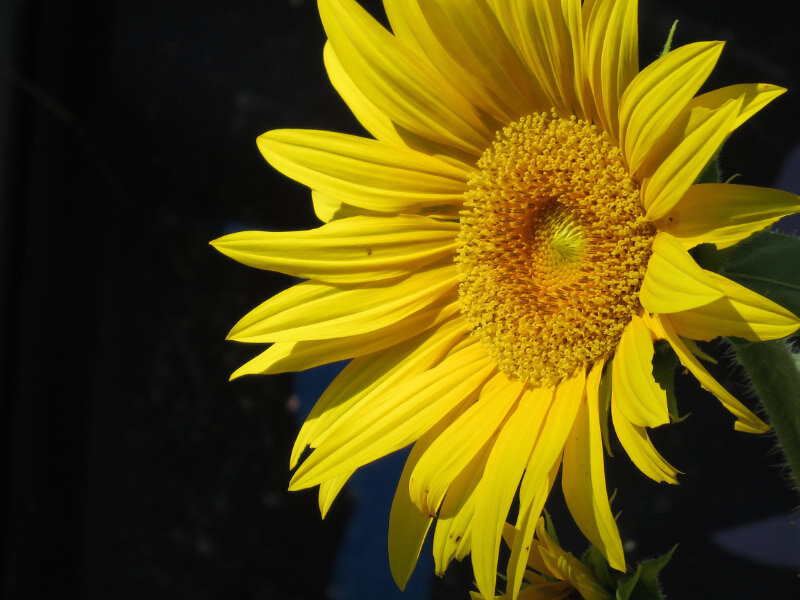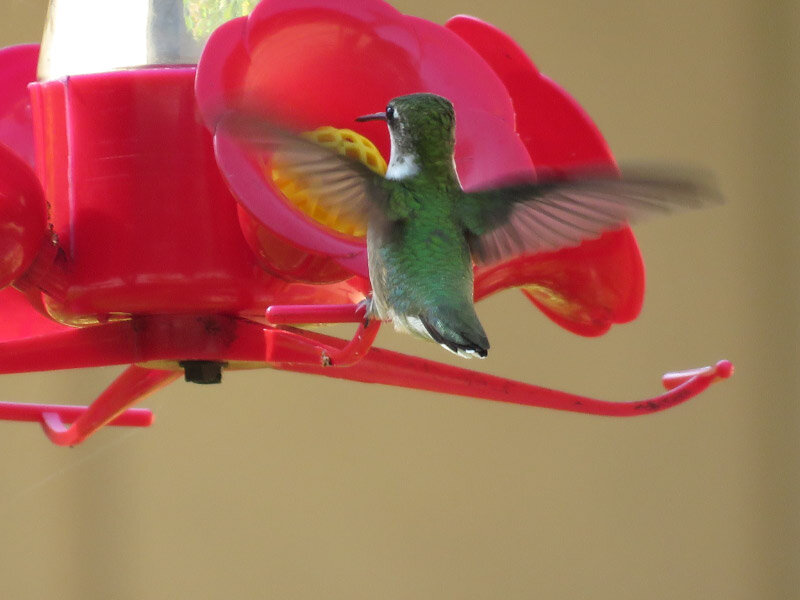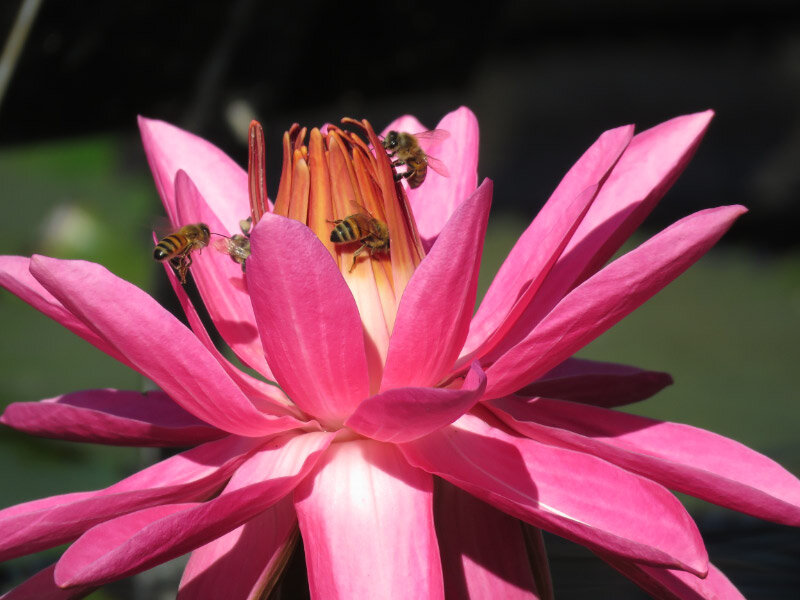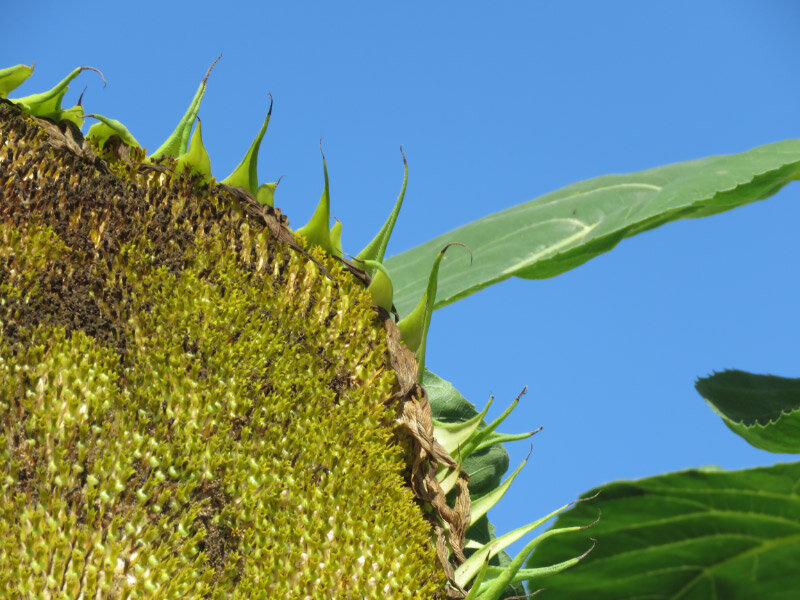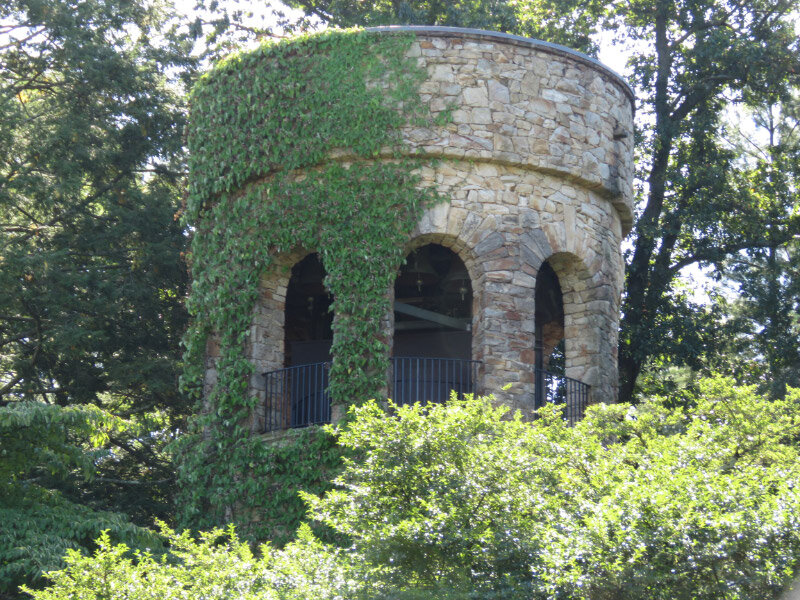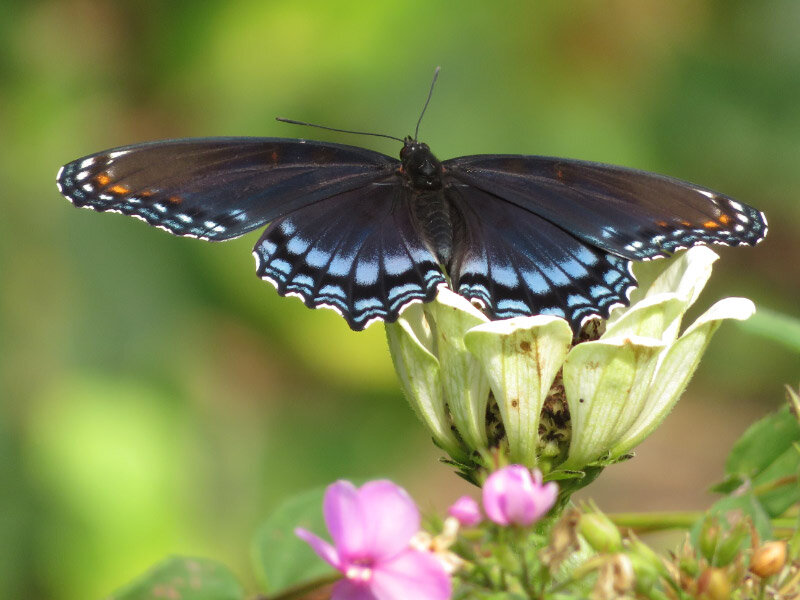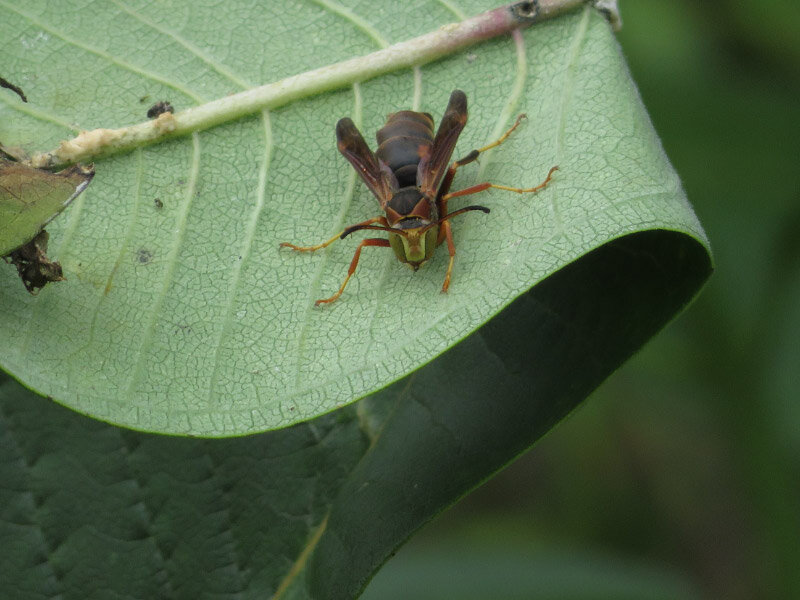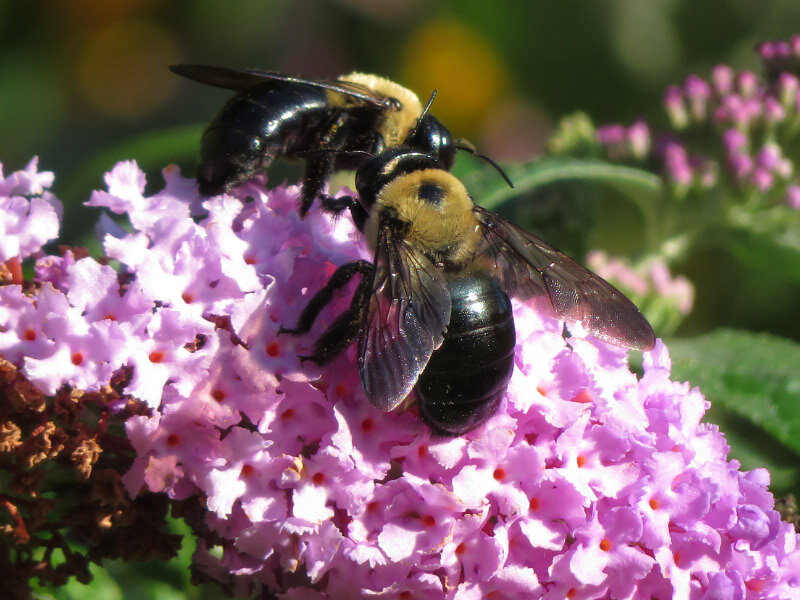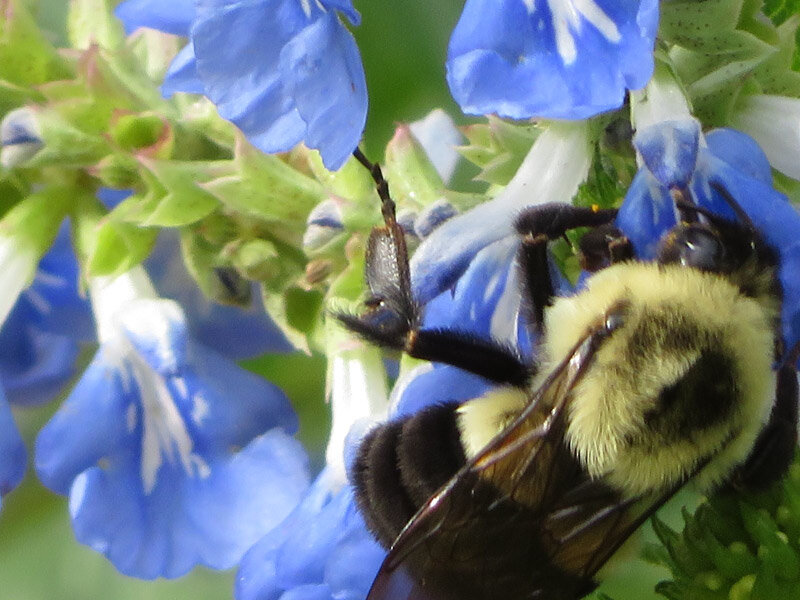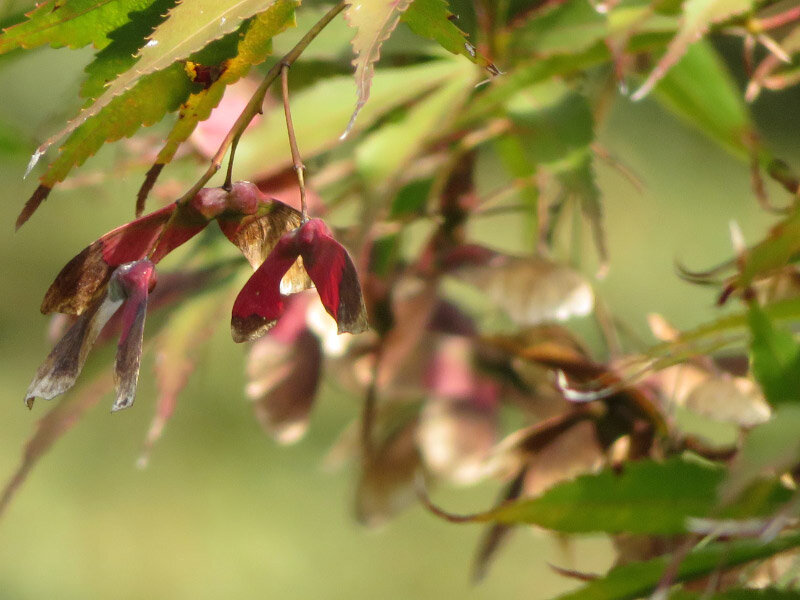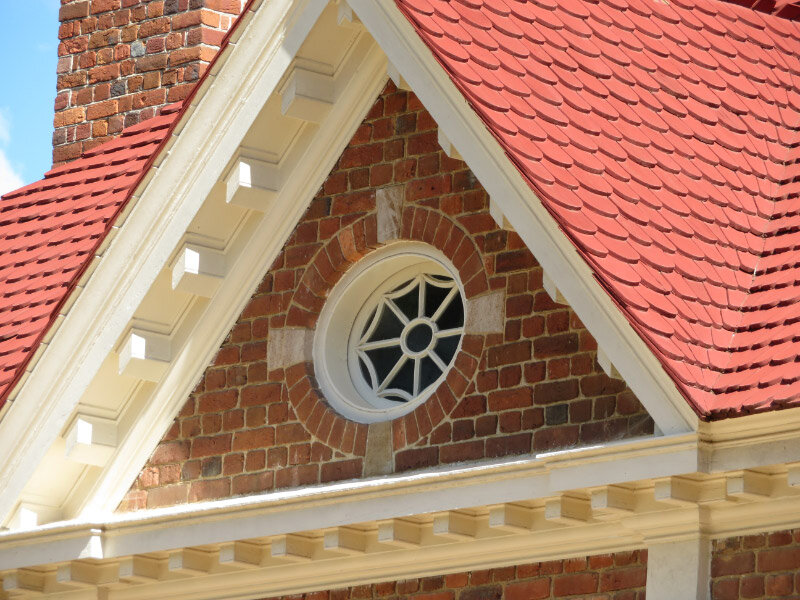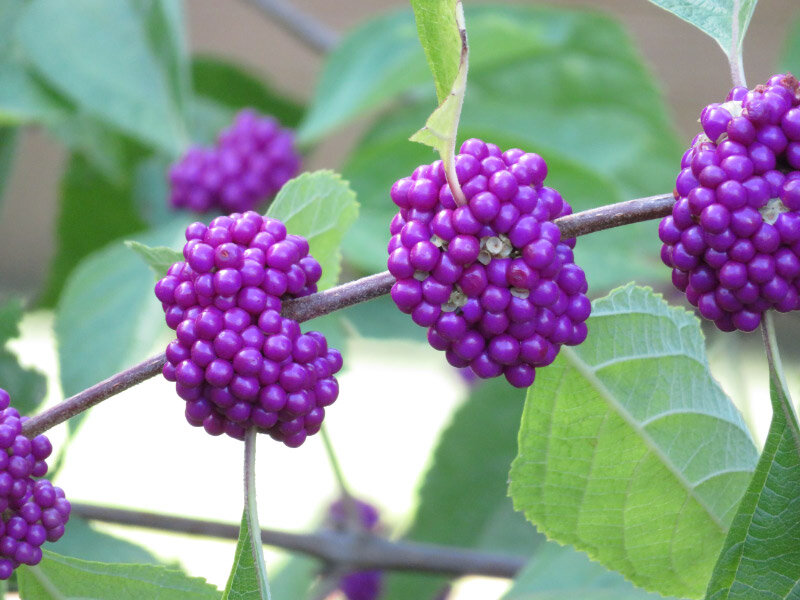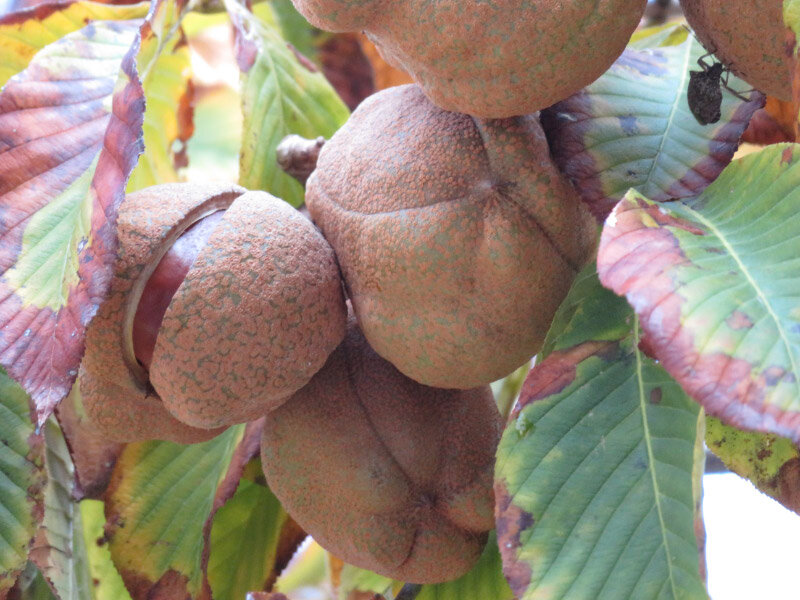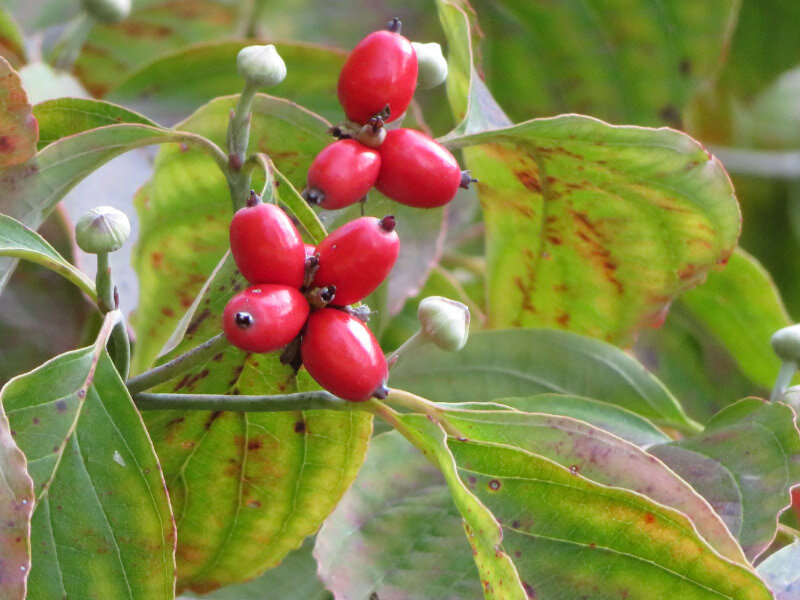eBotanical Prints – October 2019
/It took be almost 3 months to few all the Revue Horticole volumes available on Internet Archive. The last 26 were in October! This month includes primarily volumes from 1897 to 1922. The last volume I looked at was from 1860 which did not have color plates (or maybe it was the scan that made everything black and white. This publication was for gardeners…encouraging introduction of new plants into the gardens of France. This publication was for gardeners…encouraging introduction of new plants into the gardens of France. Some of the plants would require conservatories or greenhouses…others were new varieties of vegetables (see the potato plate).
The volumes are all freely available on the Internet. The whole list of almost 1800 books can be accessed here. Sample images and links for the 30 new ones are provided below. (click on the sample image to see a larger view) Enjoy!
Revue Horticole (1897) * Librairie Agricole de la Maison Rustique * sample image * 1897
Revue Horticole (1898) * Librairie Agricole de la Maison Rustique * sample image * 1898
Revue Horticole (1899) * Librairie Agricole de la Maison Rustique * sample image * 1899
Revue Horticole (1900) * Librairie Agricole de la Maison Rustique * sample image * 1900
Revue Horticole (1901) * Librairie Agricole de la Maison Rustique * sample image * 1901
Revue Horticole (1902) * Librairie Agricole de la Maison Rustique * sample image * 1902
Revue Horticole (1903) * Librairie Agricole de la Maison Rustique * sample image * 1903
Revue Horticole (1904) * Librairie Agricole de la Maison Rustique * sample image * 1904
Revue Horticole (1905) * Librairie Agricole de la Maison Rustique * sample image * 1905
Revue Horticole (1906) * Librairie Agricole de la Maison Rustique * sample image * 1906
Revue Horticole (1907) * Librairie Agricole de la Maison Rustique * sample image * 1907
Revue Horticole (1909) * Librairie Agricole de la Maison Rustique * sample image * 1909
Revue Horticole (1910) * Librairie Agricole de la Maison Rustique * sample image * 1910
Revue Horticole (1912) * Librairie Agricole de la Maison Rustique * sample image * 1912
Revue Horticole (1913) * Librairie Agricole de la Maison Rustique * sample image * 1913
Revue Horticole (1914) * Librairie Agricole de la Maison Rustique * sample image * 1914
Revue Horticole (1915) * Librairie Agricole de la Maison Rustique * sample image * 1915
Revue Horticole (1918) * Librairie Agricole de la Maison Rustique * sample image * 1918
Revue Horticole (1919) * Librairie Agricole de la Maison Rustique * sample image * 1919
Revue Horticole (1920) * Librairie Agricole de la Maison Rustique * sample image * 1920
Revue Horticole (1921) * Librairie Agricole de la Maison Rustique * sample image * 1921
Revue Horticole (1922) * Librairie Agricole de la Maison Rustique * sample image * 1922
Revue Horticole (1911) * Librairie Agricole de la Maison Rustique * sample image * 1911
Revue Horticole (1908) * Librairie Agricole de la Maison Rustique * sample image * 1908
Revue Horticole (1916) * Librairie Agricole de la Maison Rustique * sample image * 1916
Revue Horticole (1860) * Librairie Agricole de la Maison Rustique * sample image * 1860































